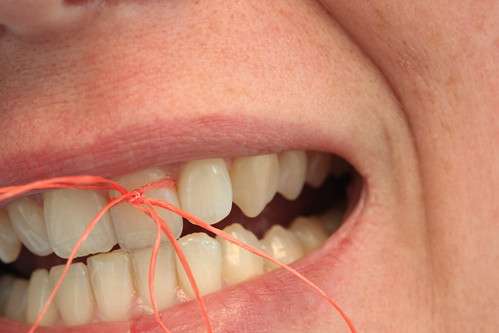

14
Oct
Save Your Teeth! 3 Boise Dental Tips to Keep Teeth Healthy

Once you pass adolescence, you only get one set of teeth. It can be easy to forget about this in the rush of everyday, but when you think that your teeth need to last you 80 years or longer, you may find the time to keep them at their best for as long as possible. Here are three Boise dental tips that can help ensure that you don’t need dentures in retirement:
Brushing: Cavity Prevention
Dentists recommend brushing at least twice a day. It is not just important to brush, however. You must brush properly for true cavity prevention. This includes these Boise dental tips for brushing:
Brush with Fluoride-containing toothpastes. Fluoride fights off cavities and helps seal your teeth enamel. The natural food movement has recently been pushing for Fluoride replacements like xylitol, but the results are not in yet to see if these are effective replacements.
Brush often and softly. It’s one of the common myths about teeth that you can get away with brushing harder less often instead of brushing two or three times a day more carefully. The truth is that brushing harshly can actually damage your enamel and hurt your gums. Instead, take the time to brush gently, and you’ll better protect your teeth and gums.
Brush thoroughly. Even regular brushers can get caught with a cavity or tarter (teeth get tarter, a more difficult substance to remove, if plaque isn’t taken care of) if they don’t reach the plaque-catching areas. Here’s a few more Boise dental tips: trouble spots are molars in the back of the mouth and wide gaps between teeth. If you have a retainer or other dental hardware, be extra attentive around the areas it touches the teeth or gums.
Flossing
It is not secret that flossing is an important part of your daily dental hygiene routine. However, even though our Boise dentists tell this to our patients at every dental appointment, it seems that many patients still struggle to floss regularly. While traditional flossing is still the best, here are some other alternatives to start getting in the habit:
- Use a waterpick
- Use a toothpick carefully after meals
- Use a floss holder to avoid sore fingers
Avoiding Sugar: The Most Underestimated Dental Care Advice
Finally, the last of our Boise dental tips is to avoid sugar. This includes candy, sugary drinks, and sugary foods. For example, toffees and other sticky candies have a tendency to get stuck in between your teeth. Not only do they trap plaque there, but the bacteria that breaks down enamel feeds off of sugar. Sugary drinks create a similar problem as the sugary substance coats your teeth, providing plenty of food for bacteria. What is worse, the corrosive nature of sodas also breaks down enamel while feeding more cavity-causing bacteria.
While they sound simple in practice, these three tips are hard to execute on a daily basis. Why not try tackling one this month? Which one do you have the most trouble with?
For more information, check out:
http://www.webmd.com/oral-health/features/4-things-your-dentist-wants-you-do-now

